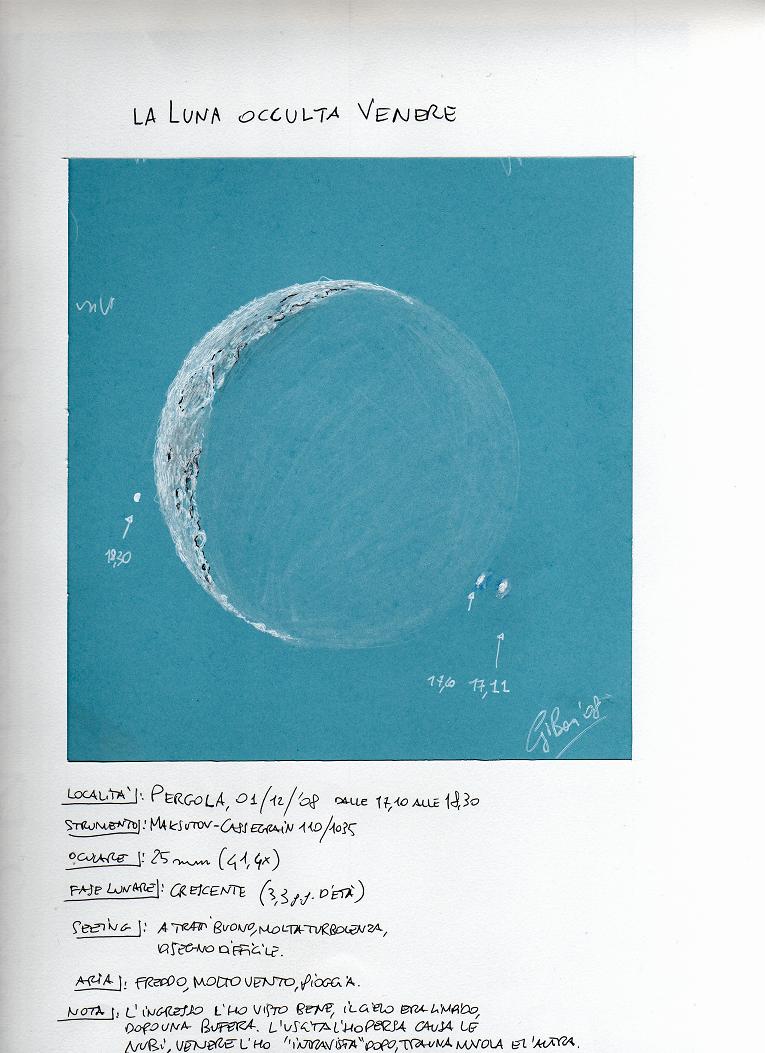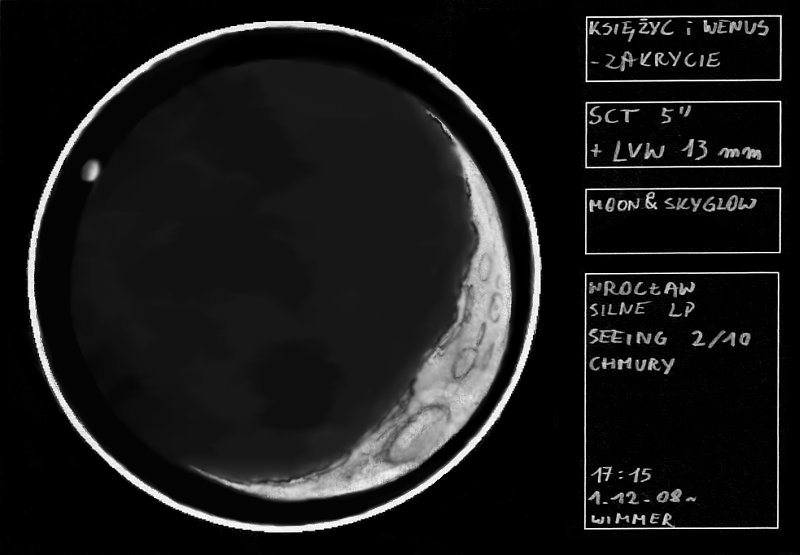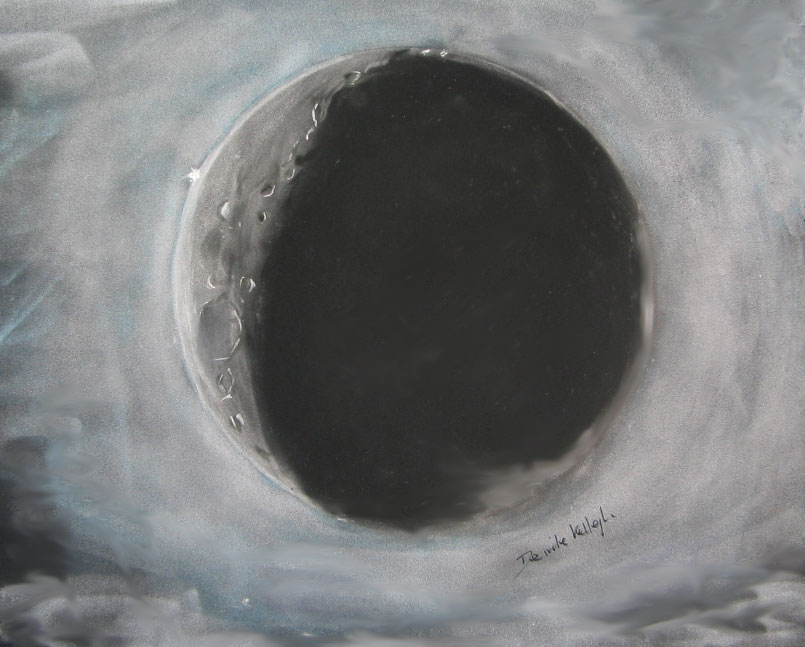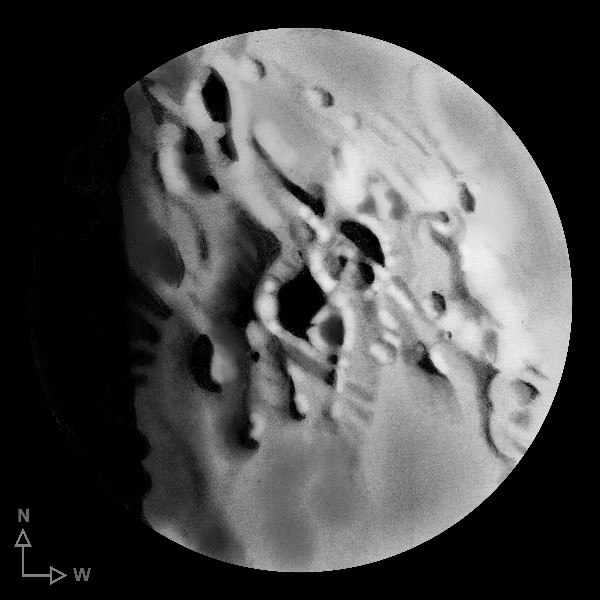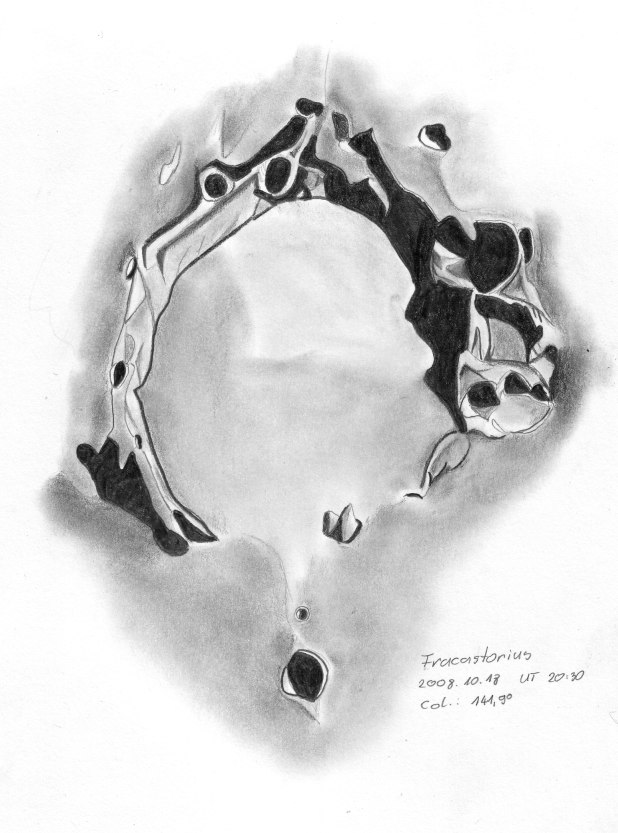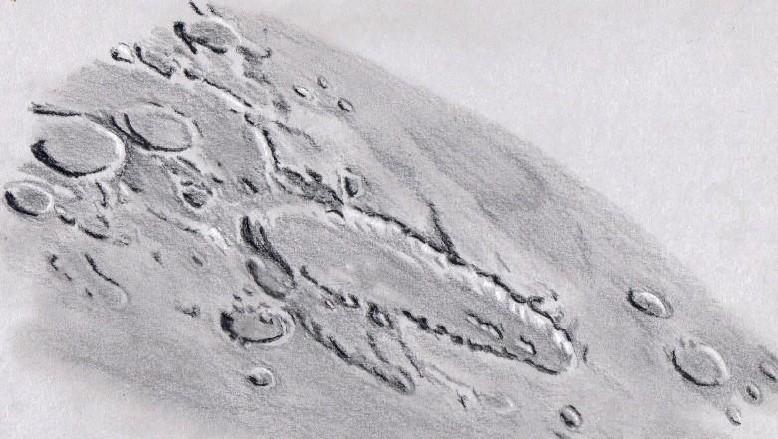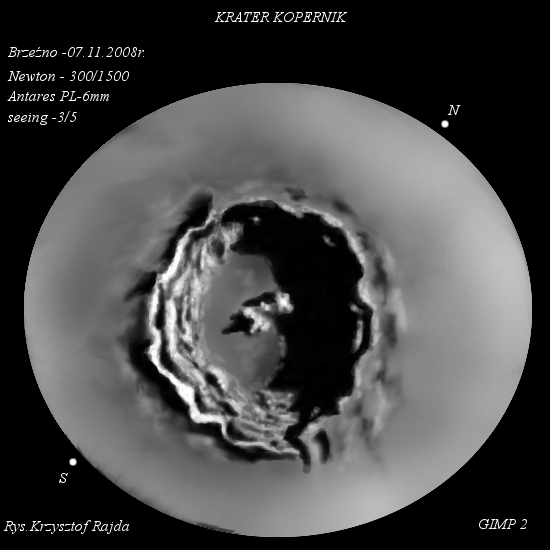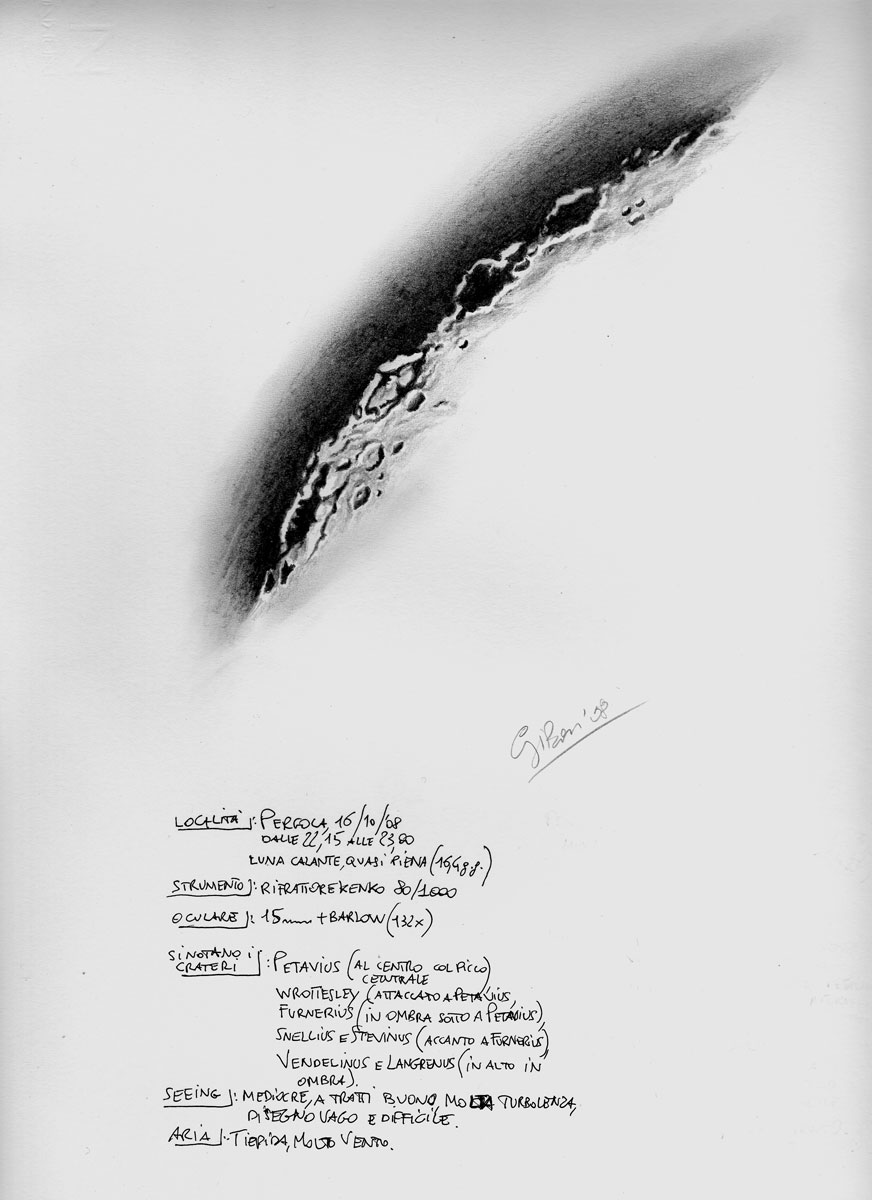
“Theophilus, Cyrillus and Catharina after Sunrise”
Sketch and Details by Frank McCabe
Back in late June I visited these three craters at about the time of sunset for the trio.
If you have not observed these craters through a telescope then you are in for a treat when you do. The trio I speak of is Catharina, Cyrillus and Theophilus. All three of these craters are between 100 and 104 kilometers in diameter. The oldest of the three is Catharina which is also the southern most of the group in this north at the bottom sketch. Catharina, a Nectarian period impact may be older than the Imbrium basin with debris from that basin scattered across this crater and the older surroundings. Cyrillus a bit younger than the former shows terraced walls and worn central peaks when illuminated. The last member of the trio is one of those lunar treats that cannot go unnoticed. Theophilus, an Eratosthenian crater, just about has it all. It is large, sharp rimmed, terraced walled, tall central peaks (2 km.), a flat floor, and much melted ejecta just beyond the crater especially to the north and east. The outer reaches of Theophilus gradually merge with the Bay of Asperity. To the east 28 km Mädler can be seen basking in the morning sun.
Sketching:
For this sketch I used: black Strathmore 400 Artagain paper 8”x 9”, white and black Conte’ pastel pencils and a blending stump. After scanning, Brightness was decreased (-2) and contrast increased (+1) using Microsoft Office Picture Manager.
Telescope: 10 inch f/ 5.7 Dobsonian 6mm eyepieces 241x
Date: 11-3-2008 to 11-4 2008, 11:00 – 12:15 UT
Temperature: 20° C (68° F)
clear, breezy
Seeing: Antoniadi III, II
Colongitude: 339 °
Lunation: 6 days
Illumination: 29.5 %
